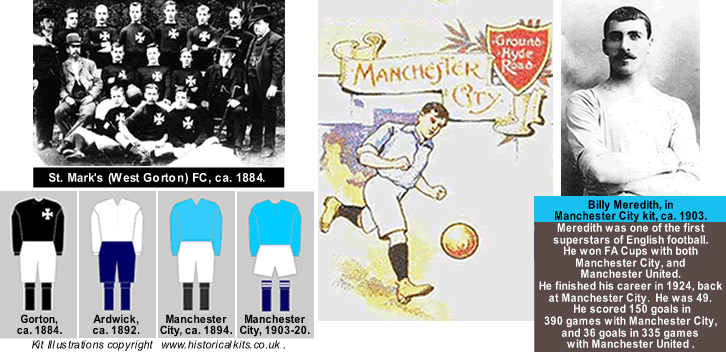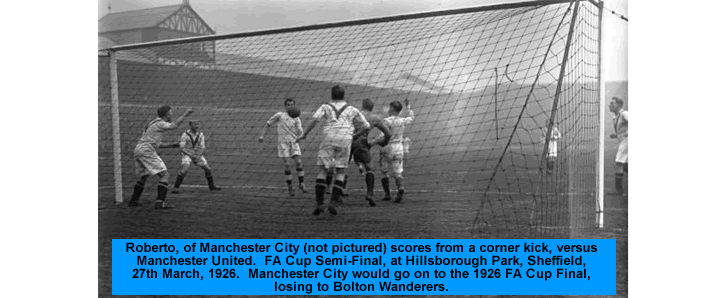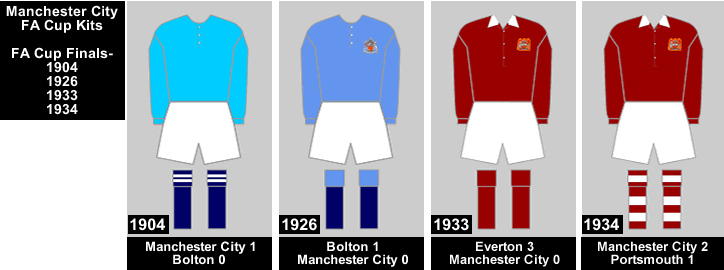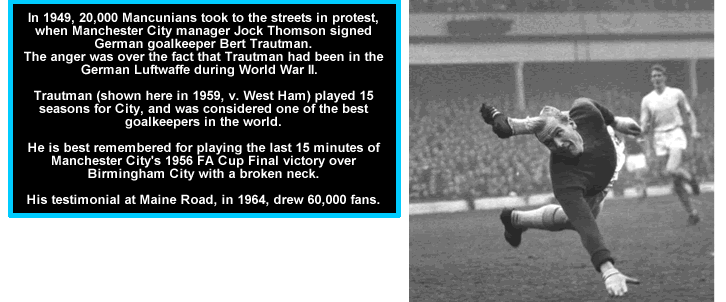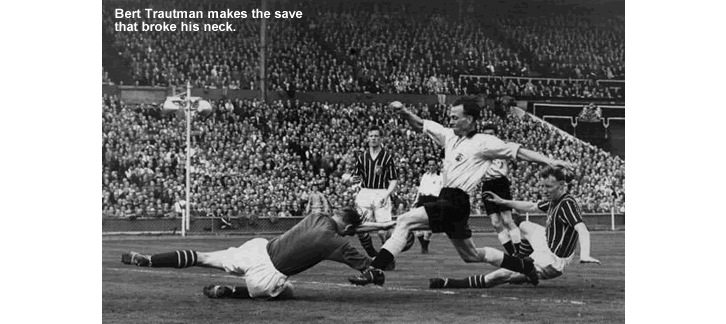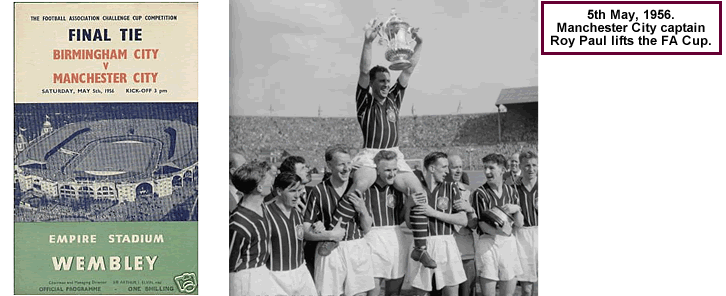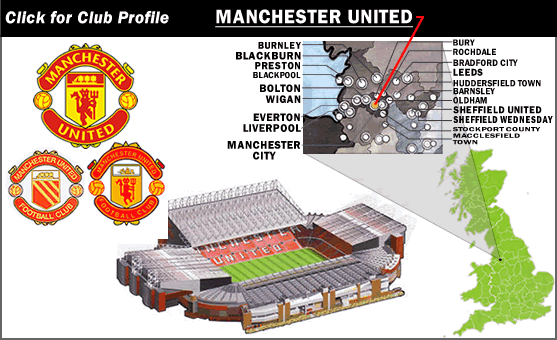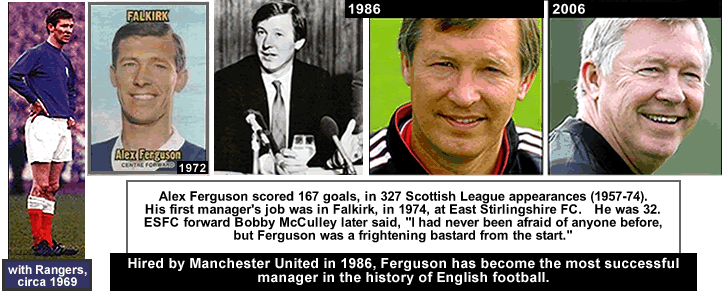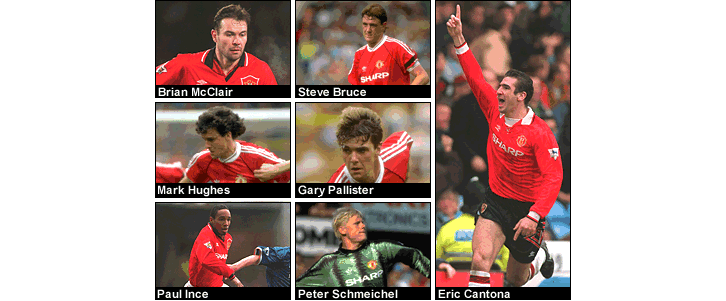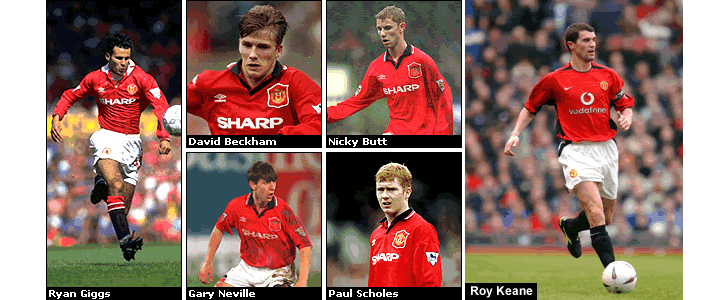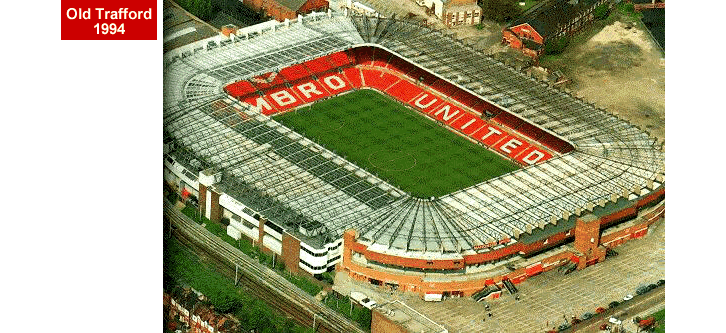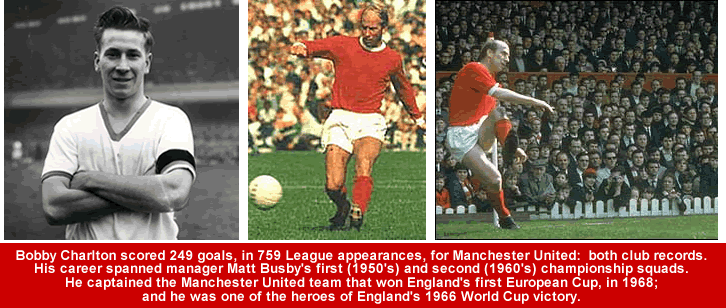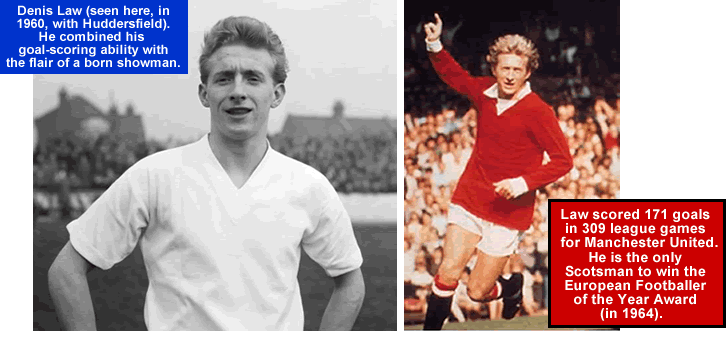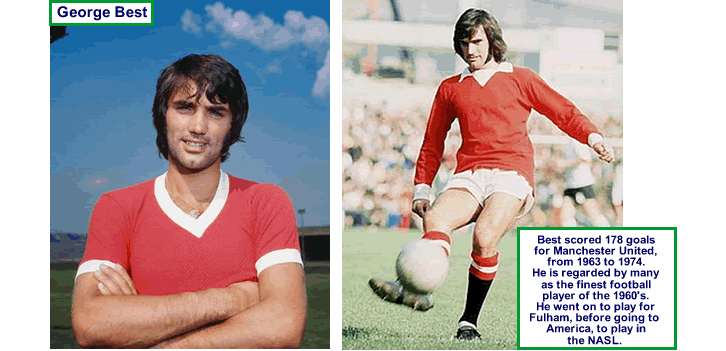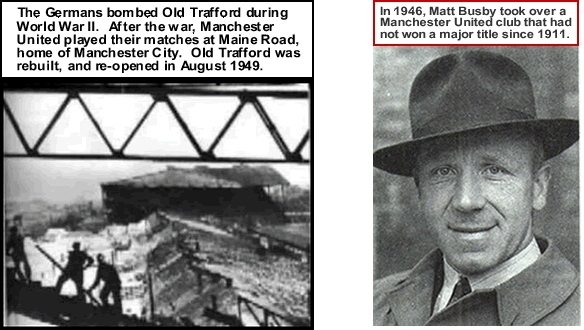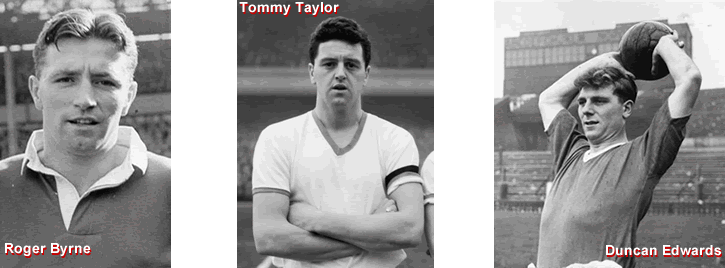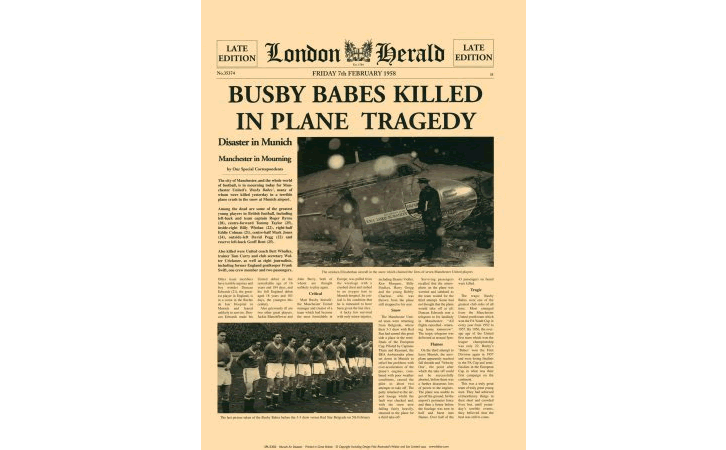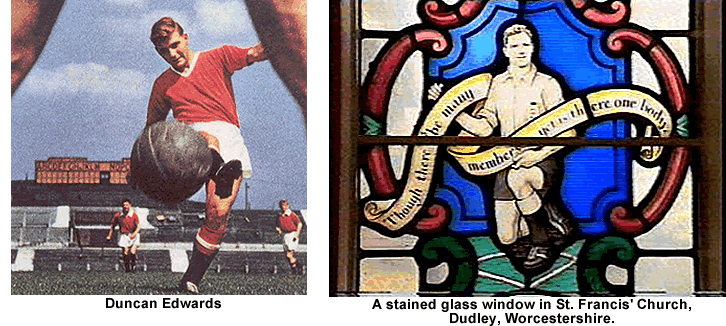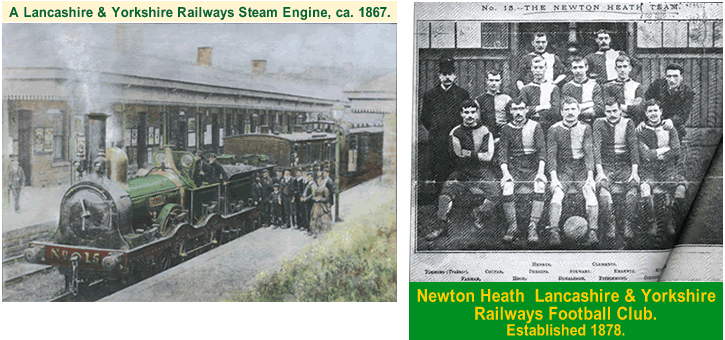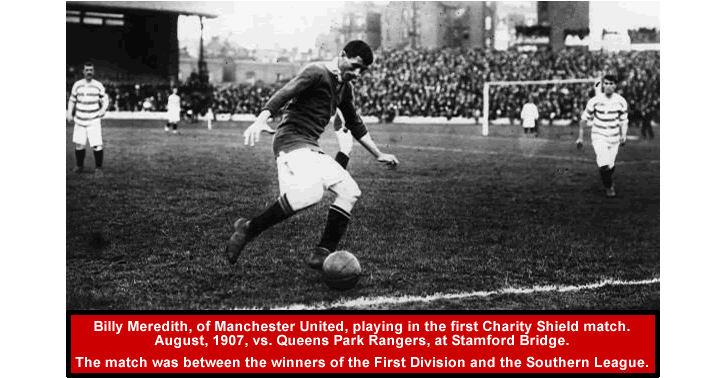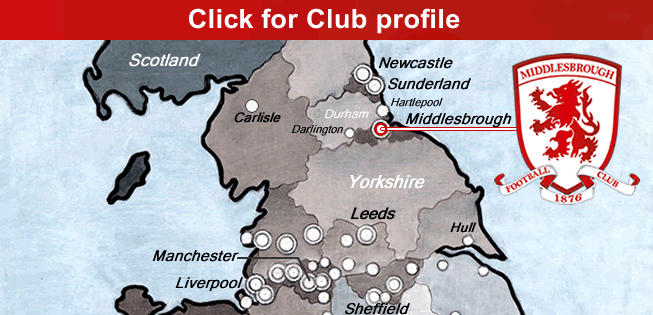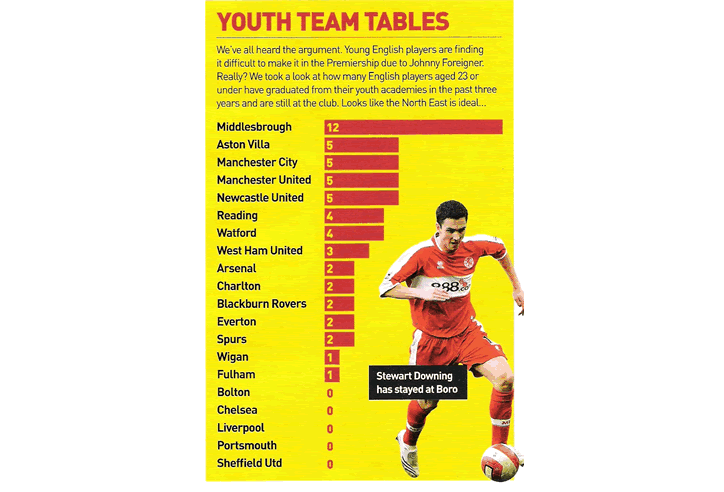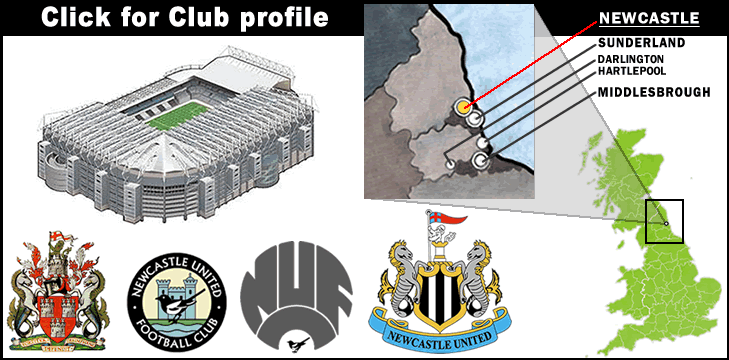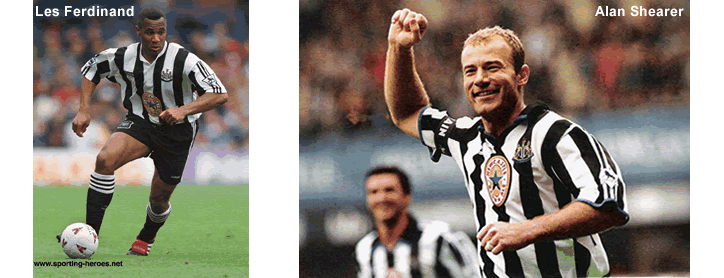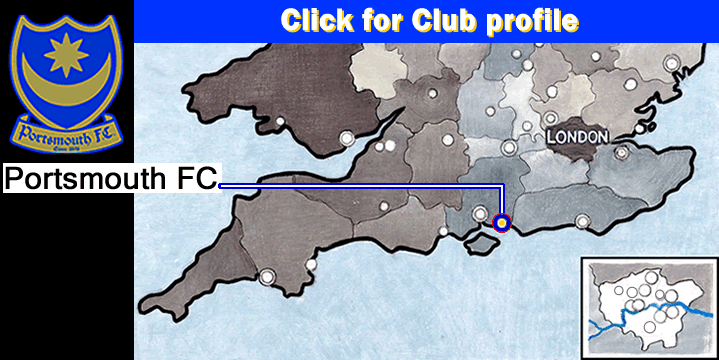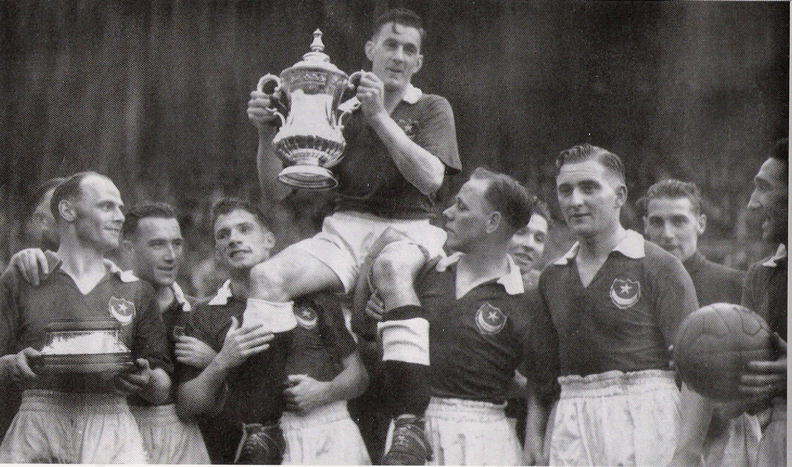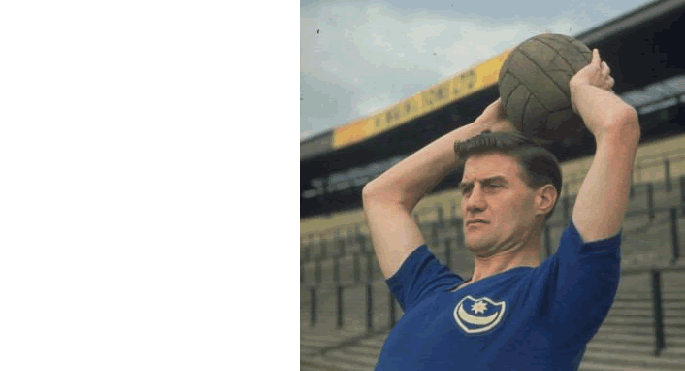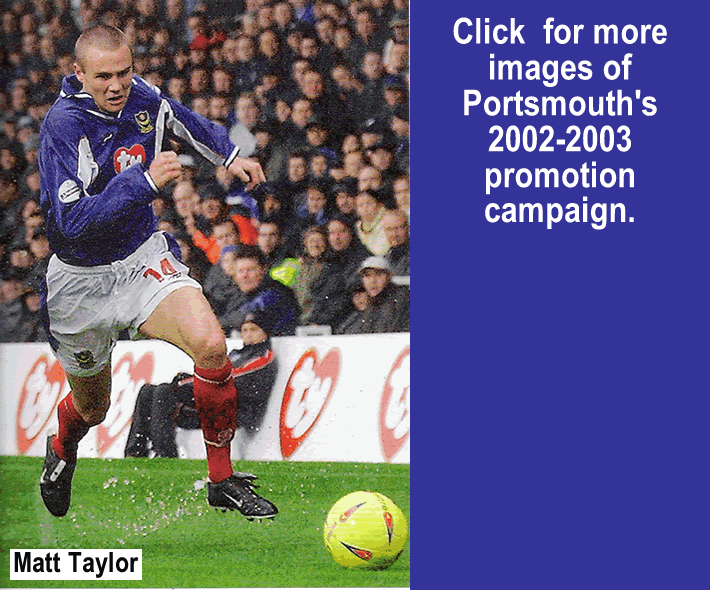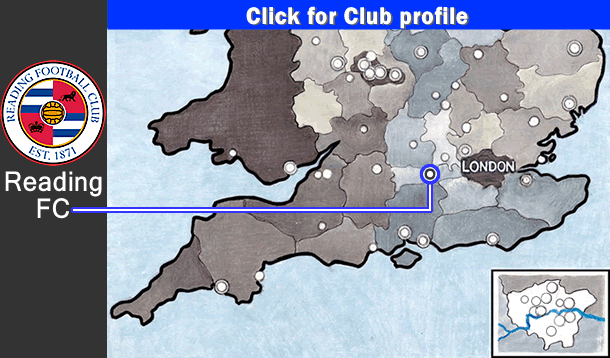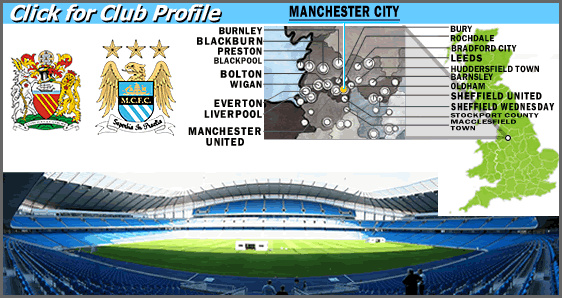
Winning the 1956 FA Cup would prove to be the high point of Les McDowell’s tenure as manager of Manchester City. They finished in 4th in the League, that year. In 1957, they slid all the way down to 18th place, but righted themselves, with a 5th place finish, in 1958. City would not finish any higher than 12th, in the next 4 seasons, though, as the club failed to adequetely replace their aging squad. Manchester City was relegated, once again, in 1963, and McDowell left. His replacement, George Poyser, failed to improve the club’s standing. The low point of this era had to be an 8,015 attendance, at Maine Road, in January, ’65. And so, after an 11th place (2nd Division) finish, in 1965, Poyser was sacked. His replacement was Joe Mercer.
Joe Mercer had a successful career as a defensive half-back, at Everton, and Arsenal, from 1932-’55. He won championships with Everton and Arsenal; as well an FA Cup with Arsenal, in 1950. After retiring from play, he managed Sheffield United; and Aston Villa, whom he led to victory in the inaugural League Cup, in 1961. Mercer suffered a stroke in 1964. He recovered, and went against his doctor’s orders by returning to sidelines. But the board at Villa sacked him. He arrived at Manchester City in the summer of 1965. That first season, Mercer, and assistant manager Malcolm Allison, made two crucial aquisitions. First, they procured fiery winger Mike Summerbee from Swindon. Then, early in 1966, midfielder Colin Bell was bought from Bury. Bell would prove to be Manchester City’s greatest-ever player, scoring 117 goals, in 394 league appearances for the club (1966-’79). He became known as “the King of the Kippax,” (after the Maine Road stand renowned for it’s boisterous fans).
Mercer’s first season as manager was a success, as City won the Second Division, and returned, once more, to the top tier. [Note: Manchester City's 7 second division titles is a record. In Manchester City's entire history, the club has been relegated to the 2nd Level 10 times, and relegated to the 3rd Level once. They have won promotion to the top flight 11 times. (The term yo-yo club was pretty much invented for them.)] The club’s first season back in the First Division (’66-’67) was a struggle, and they finished in 15th place.
In October 1967, stocky forward Francis Lee made his debut for the club. Man City paid Bolton 60,000 pounds for him, a club record. It became money well spent, as Lee became a crucial part of City’s 5-man attacking formation. With Colin Bell as midfield general, Mike Summerbee and Tony Coleman on wings, and Francis Lee and Neil Young up front, Manchester City played a fluent passing game that got better as the season progressed. In December, on a frozen Maine road pitch, they schooled Tottenham, 4-1. It was called “the ballet on ice,” and Spurs legend Jimmy Greaves remarked how the City players “had moved so gracefully in those conditions, while we were falling about like clowns at the circus.”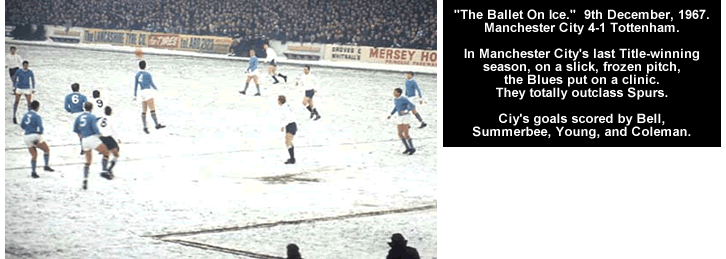
In March of ’68, Manchester City faced reigning champs (and local rivals) Manchester United, at Old Trafford. George Best scored in the first minute for United, but City recovered, dominating the rest of the match, and racking up three unanswered goals. But Man City had started the season so poorly, it took the full season to make up lost ground, and outldistance Man.United. City won the Title on the last game, 3-4 away to Newcastle, thus beating United by 2 points. So in April, 1968, 31 years after their first crown, Manchester City won their second National Title.
To see Nigel’s Webspace Man City trading cards gallery, from 1968-’69, click here.
The following season (’68-’69), City fared poorly in the League, finishing 13th. But their fine FA Cup run led them all the way to the final, where they faced Leicester City. Assistant manager Malcolm Allison had the idea of the club wearing a change strip of black-and-red stripes, like AC Milan, in order to inspire the squad.
No on knew it at the time, but City were about to start their long spell as hapless underachievers. There was one more moment of glory, though, when the club won their second League Cup, and last trophy, in 1976. They beat Newcastle, 2-1. The next season, Man City just missed winning the Title. Liverpool beat them out, by one point. The club’s only appearance in a Cup Final since then was an FA Cup replay loss, to Tottenham, in 1981.**Click, here, for a good article about Maine Road.**Here is a 6-part documentary, about the 1980-’81 Manchester City club. ** CITY ! Part One, click here. (time-9:34). CITY ! Part Two, click here. (time-8:43). CITY ! Part Three, click here. (time-8:53). CITY ! Part Four, click here. (time-8:13). CITY ! Part Five, click here. (time-8:42). CITY ! Part Six, click here. (time-7:46). The years from then to now can best be summed up by the fact that since Manchester United hired Alex Ferguson, in November, 1986, Manchester City has fired 13 managers. Maybe new manager Sven-Goran Erikksen is the one to change Manchester City’s culture of failure. BBC Man City picture gallery, from 2003, click here.Thanks to: (historicalkits[dot]co[dot]uk)- the 5 kits on the bottom left of the chart are copyrightt Historical Football kits, and reproduced by permission; (colours-of-football[dot]com); (webbaviation[dot]co[dot]uk); (happyaxeman[dot]co[dot]uk/mcfc/); (rtfact[dot]com); (viewimages[dot]com); Nigel’s Webspace; bbc; wikipedia; and (uit[dot]no/mancity).
